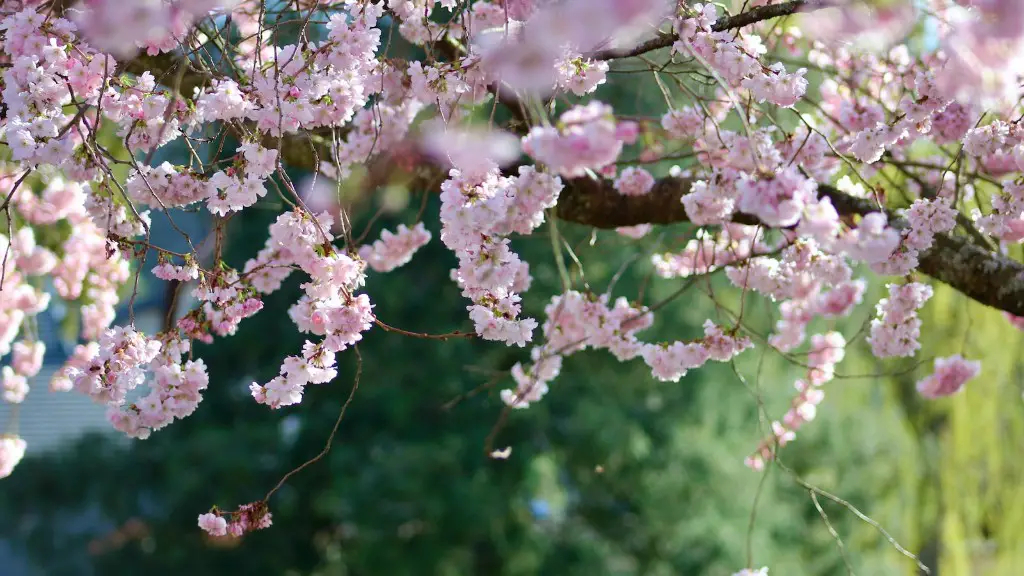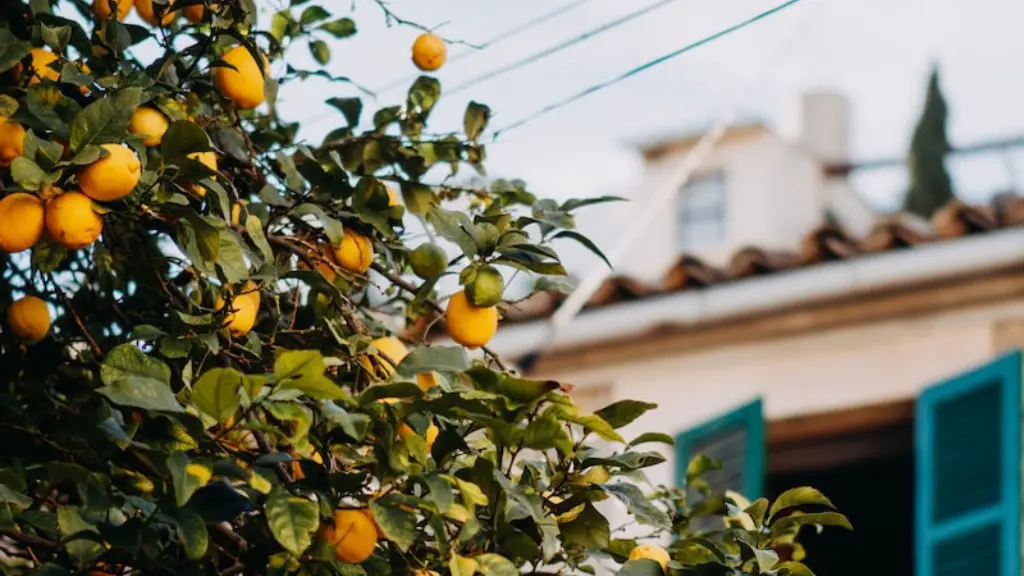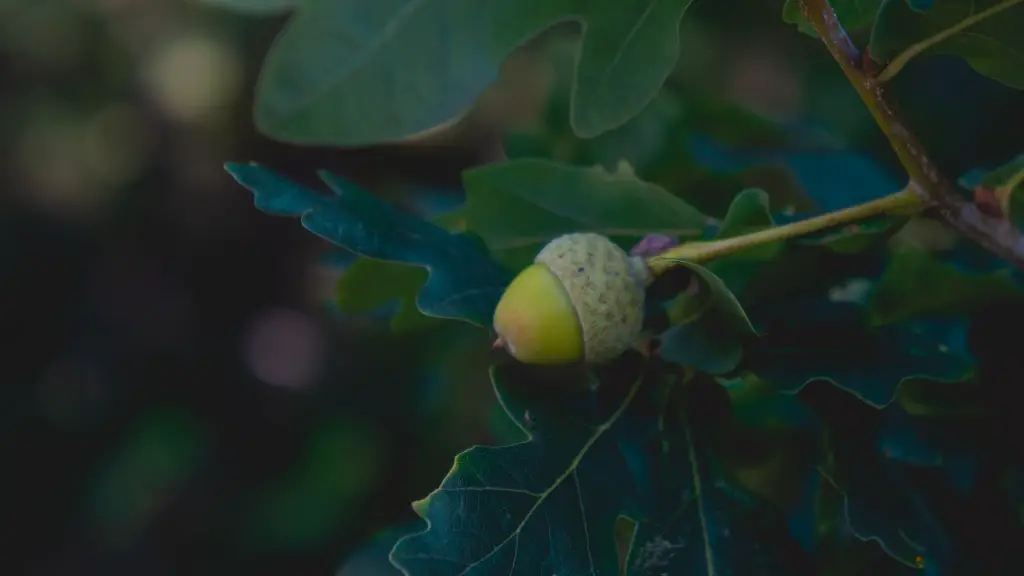Aphids, or ‘plant lice’, are small, soft-bodied insects that feed on the sap of plants. In large numbers, they can stunt the growth of a plant and cause yellowing, curling or deformation of new shoots and leaves. Cherry trees are particularly susceptible to aphids, as their sweet, sticky sap often attracts large numbers of aphids. Identifying Aphids
Aphids can vary greatly in size and color depending on the species. They often have long, thin antennae and a pair of ‘cornicles’ that taper off their rear end. They can appear in both winged and wingless forms and populations can range from a few to thousands. Most aphids are green, but they can also be black, grey, yellow or brown.
When numbers are low, determining an aphid infestation can be difficult. Check the underside of leaves for clusters of small bugs, usually found near veins and the edges of leaves. You may notice sooty mold on leaves, caused by aphids excreting honeydew. Aphids may also transmit viruses or cause purple discoloration of shoots.
Cultural Practices
Preventative cultural practices are an important part of controlling aphids. Avoid over-fertilization, as aphids thrive in nitrogen-rich environments. Good air circulation also helps keep aphid populations in check and can be achieved by thinning out your tree’s canopy. Pruning foliage allows for more sunlight and fresh air to reach the tree.
Watering is also key – aphids are attracted to dry, stressed plants. Watering your tree thoroughly, but not too frequently, keeps it healthy and makes it less attractive to aphids. Monitor the tree regularly to catch any symptoms of an insect infestation early.
Pesticides
If aphids become a problem, insecticides may be necessary. When selecting an insecticide, consider the harm it may cause to beneficial insects such as ladybugs, bees and butterflies. The least toxic option is to use a garden hose to blast away aphids from the tree. Insecticidal soaps or horticultural oil are also less harmful options, although they may need to be reapplied several times to be effective.
If these methods are unsuccessful, then use a systemic insecticide, such as one containing the active ingredient of imidacloprid. This can be applied to the soil, where it is taken up by the cherry tree and will protect it from aphids for several months.
Organic controls
If you prefer to use organic control methods, introduce natural predators such as lacewings, ladybugs, hoverflies or parasitic wasps. These are available commercially, or you can attract them to your garden with flowering plants. Planting certain herbs and flowers, such as dill, yarrow and chamomile, can also help repel aphids.
The adult female of the common wasp species will cause a lot of damage to aphids, but it can also hurt your cherry tree. For this reason, you should monitor the wasp population closely and remove any large colonies quickly. A good way to do this is to use a soapy water solution to spray the wasp nest.
Attracting Beneficial Insects
Beneficial insects, such as ladybugs and lacewings, will help keep aphid populations in check. To attract these insects, try planting a mix of flowering plants and herbs that they like to feed on. These include dandelion, yarrow, chamomile and parsley. Planting these in your garden will provide a food source for beneficial insects and encourage them to stay.
It is also important to provide areas for beneficial insects to hide and breed. A few stones placed around the base of the cherry tree will provide habitats for some insects. Small piles of leaves and grass clippings can also be left near the plant to give beneficial insects a place to hide. Avoid the use of strong chemical insecticides, as this will kill beneficial insects as well as aphids.
Building Soil Health
Healthy soil is essential for a healthy cherry tree. Healthy soil can be achieved by adding organic matter such as compost or manure. Addition of organic matter will improve the soil structure and increase its nutrient content. This helps the tree better absorb nutrients and water, which in turn makes it less attractive to aphids.
It is also important to maintain soil moisture levels. Watering during dry periods will help keep soils moist and will prevent the cherry tree from becoming overly stressed. Ensure that the soil is well-draining, to avoid waterlogging and root rot, as this can make the tree more vulnerable to pest and disease attack.
Physical Barriers
Mulching around the tree can help reduce aphid numbers by providing a physical barrier. Mulch made from organic material such as grass clippings, bark or leaves can help keep the soil moist, as well as keeping aphids away. Plastic sheets or netting can also be used to protect your tree from infestations. However, these must be properly secured to prevent aphids from feeding on the tree.
Using a combination of cultural practices, pesticides and organic control methods can help keep aphids under control. Being proactive in monitoring and identifying pest infestations is key to successful pest management. With a little effort and regular maintenance, you can keep your cherry tree healthy and aphid-free!



